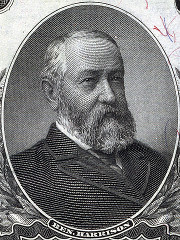
Higgledy-piggledy,
Benjamin Harrison
Twenty-third president
Was and, as such,
Served between Clevelands and,
Save for this trivial
Idiosyncrasy,
Didn’t do much.
— John Hollander

Higgledy-piggledy,
Benjamin Harrison
Twenty-third president
Was and, as such,
Served between Clevelands and,
Save for this trivial
Idiosyncrasy,
Didn’t do much.
— John Hollander
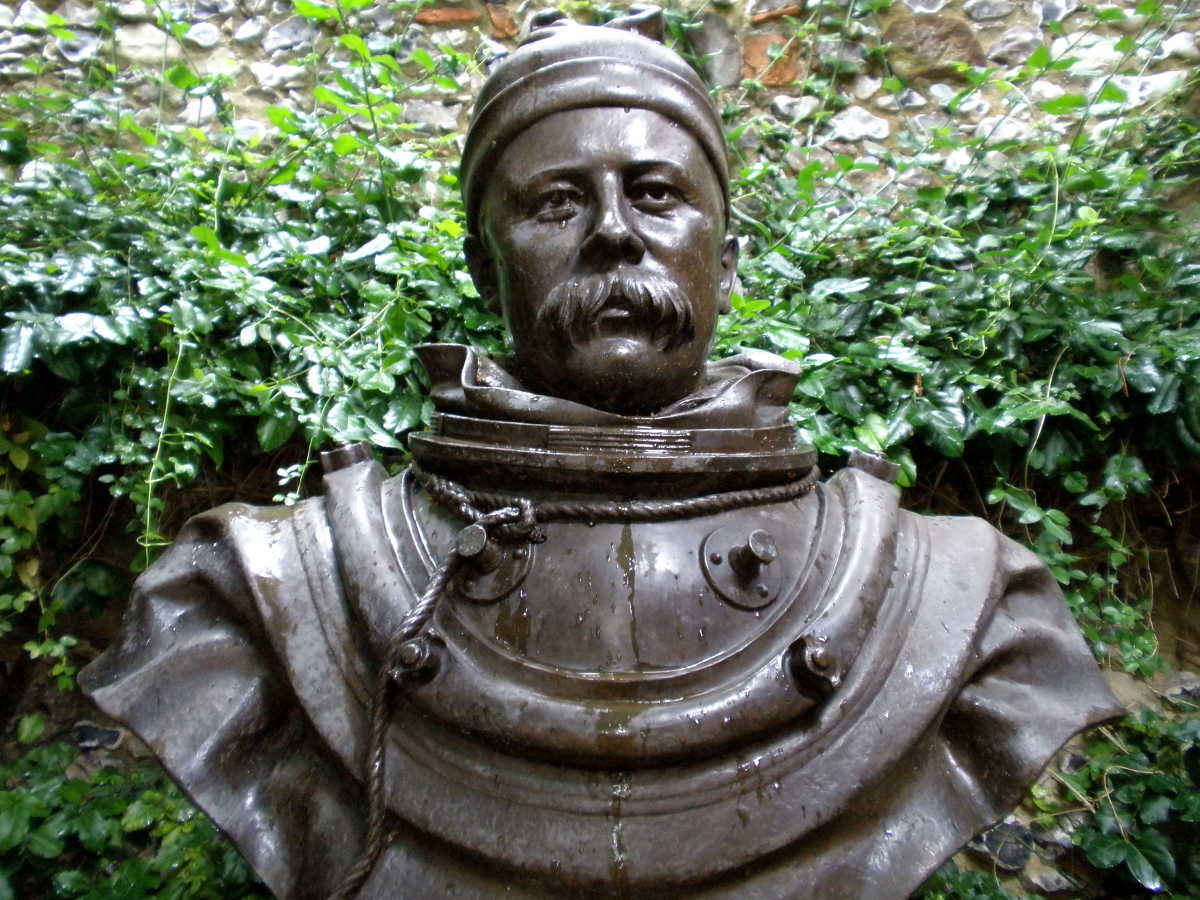
In 1905 Winchester Cathedral was in danger of collapsing as its eastern end sank into marshy ground. The surprising solution was to hire a diver, who worked underwater for five years to build a firmer foundation for the medieval structure. In this week’s episode of the Futility Closet podcast we’ll tell the story of William Walker and his curious contribution to saving a British landmark.
We’ll also contemplate a misplaced fire captain and puzzle over a shackled woman.

Now if mouse in the plural should be, and is, mice,
Then house in the plural, of course, should be hice,
And grouse should be grice and spouse should be spice
And by the same token should blouse become blice.
And consider the goose with its plural of geese;
Then a double caboose should be called a cabeese,
And noose should be neese and moose should be meese
And if mama’s papoose should be twins, it’s papeese.
Then if one thing is that, while some more is called those,
Then more than one hat, I assume, would be hose,
And gnat would be gnose and pat would be pose
And likewise the plural of rat would be rose.
— Author unknown
In 1894 Sir Francis Galton devised this simple machine to demonstrate the central limit theorem: Beads inserted at the top drop through successive rows of pegs, bouncing left or right as they hit each peg and landing finally in a row of bins at the bottom. Though the path of any given bead can’t be predicted, in the aggregate they form a bell curve. Delighted with this, Galton wrote:
Order in Apparent Chaos: I know of scarcely anything so apt to impress the imagination as the wonderful form of cosmic order expressed by the Law of Frequency of Error. The law would have been personified by the Greeks and deified, if they had known of it. It reigns with serenity and in complete self-effacement amidst the wildest confusion. The huger the mob, and the greater the apparent anarchy, the more perfect is its sway. It is the supreme law of Unreason. Whenever a large sample of chaotic elements are taken in hand and marshalled in the order of their magnitude, an unsuspected and most beautiful form of regularity proves to have been latent all along.
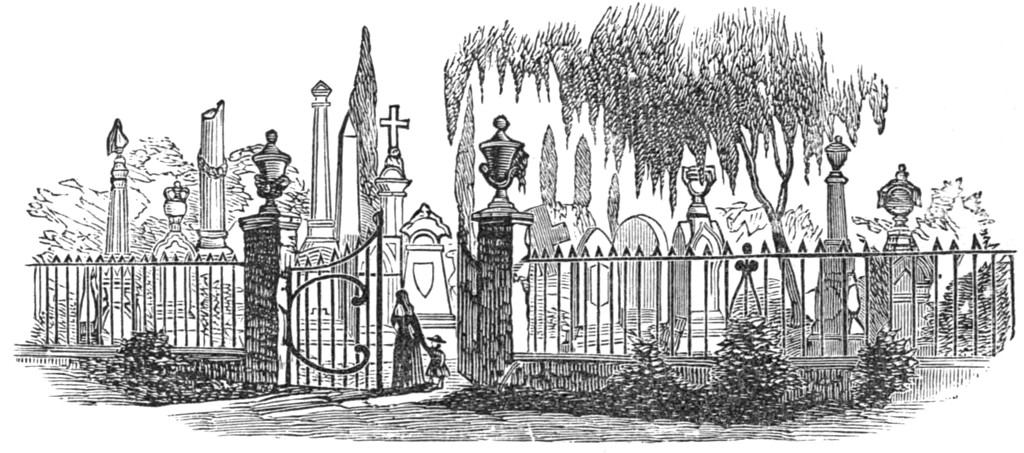
Epitaphs gathered by Gyles Brandreth for Famous Last Words and Tombstone Humor, 1989:
Underneath this pile of stones
Lies all that’s left of Sally Jones.
Her name was Briggs, it was not Jones,
But Jones was used to rhyme with stones.
(Skaneateles, New York)
Here lieth
Mary — the wife of John Ford
We hope her soul is gone to the Lord
But if for Hell she has changed this life
She had better be there than be John Ford’s wife
1790
(Potterne, Wilstire, England)
Old Thomas Mulvaney lies here
His mouth ran from ear to ear.
Reader, tread lightly on this wonder,
For if he yawns you’re gone to thunder.
(Middlefield, Massachusetts)
Sacred to the memory of
Henry Harris
Born June 27, 1821, of Henry Harris
and Jane, His Wife. Died on the 4th
of May, 1837, by the kick of a
Colt in his bowels.
Peaceable and quiet, a friend to his
father and mother, and respected by all
who knew him, and went to the world
where horses do not kick, where sorrow
and weeping is no more.
(Williamsport, Pennsylvania)
Here lies I —
Jonathan Fry —
Killed by a sky-
Rocket in my eye-
Socket.
(Frodsham, Cheshire, England)
Julia Adams.
Died of thin shoes,
April 17th, 1839, aged 19 years.
(New Jersey)
A stone in Litchfield, Connecticut, reads, “Sacred to the memory of inestimable worth of unrivalled excellence and virtue, N.R., whose ethereal parts became seraphic, May 25th, 1767.”
Actress Marilu Henner has hyperthymesia, or highly superior autobiographical memory, a rare condition that permits her to recall nearly every day of her life in almost perfect detail. She’s one of only six cases that have been confirmed in peer-reviewed articles.
“It’s like putting in a DVD and it cues up to a certain place,” she told CBS. “I’m there again. So, I’m looking out from my eyes and seeing things visually as I would have that day.”
Her earliest memory is of her own baptism. “My godmother was a nun, and so she’d talk about my baptism all the time,” she said. “Even as a tiny child, I could recall that event. I know people don’t believe me, but it’s really true.”
Perhaps because the director has a law degree from Cambridge, Jonathan Lynn’s 1992 film My Cousin Vinny is widely praised for its realistic depiction of courtroom procedure and trial strategy.
Joe Pesci plays an inexperienced Brooklyn personal injury lawyer trying to save his cousin from a murder charge. But instead of relying on surprise witnesses and other unlikely dramatic gambits, “[t]he movie is close to reality even in its details,” writes plaintiff’s attorney Max Kennerly. “Part of why the film has such staying power among lawyers is because, unlike, say, A Few Good Men, everything that happens in the movie could happen — and often does happen — at trial.”
Seventh Circuit Court of Appeals judge Richard Posner calls the film “particularly rich in practice tips: how a criminal defense lawyer must stand his ground against a hostile judge, even at the cost of exasperating the judge, because the lawyer’s primary audience is the jury, not the judge; how cross-examination on peripheral matters can sow serious doubts about a witness’s credibility; how props can be used effectively in cross-examination (the tape measure that demolishes one of the prosecution’s eyewitnesses); how to voir dire, examine, and cross-examine expert witnesses; the importance of the Brady doctrine … how to dress for a trial; contrasting methods of conducting a jury trial; and more.”
“You can use the movie to discuss criminal procedure, courtroom decorum, professional responsibility, unethical behavior, the role of the judge in a trial, efficient cross-examination, the role of expert witnesses and effective trial advocacy,” writes John Marshall Law School professor Alberto Bernabe. And “[a]lthough Vinny is certainly no role model when it comes to knowledge of the law, legal analysis and ethical behavior, law students could learn from him as to how to use legal thinking in the complexity of actual law practice.”
Lynn suggested that lawyers like the film because “there aren’t any bad guys”; the judge, prosecutor, and defense are all simply seeking justice.
In 2008 the ABA Journal ranked the film third on its list of the “25 Greatest Legal Movies,” and in 2010 it ranked Vincent Gambini twelfth among “The 25 Greatest Fictional Lawyers (Who Are Not Atticus Finch).”
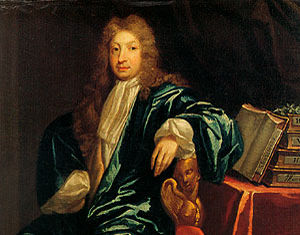
In 1700 the body of John Dryden was arrested pending payment of his debts.
Before 1804 the cadaver of a debtor could be held hostage by the creditor until the dead person’s loved ones could pay the arrears.
Finally in the case Jones v. Ashburnham, Lord Ellenborough declared that the practice was “contrary to every principle of law and moral feeling. Such an act is revolting to humanity, and illegal, and, therefore, any promise extorted by it could never be valid law.”
This test was administered to recruits at Fort Devens, Mass., during World War I. The idea is to measure reading comprehension, but the questions take on a surreal poetry:
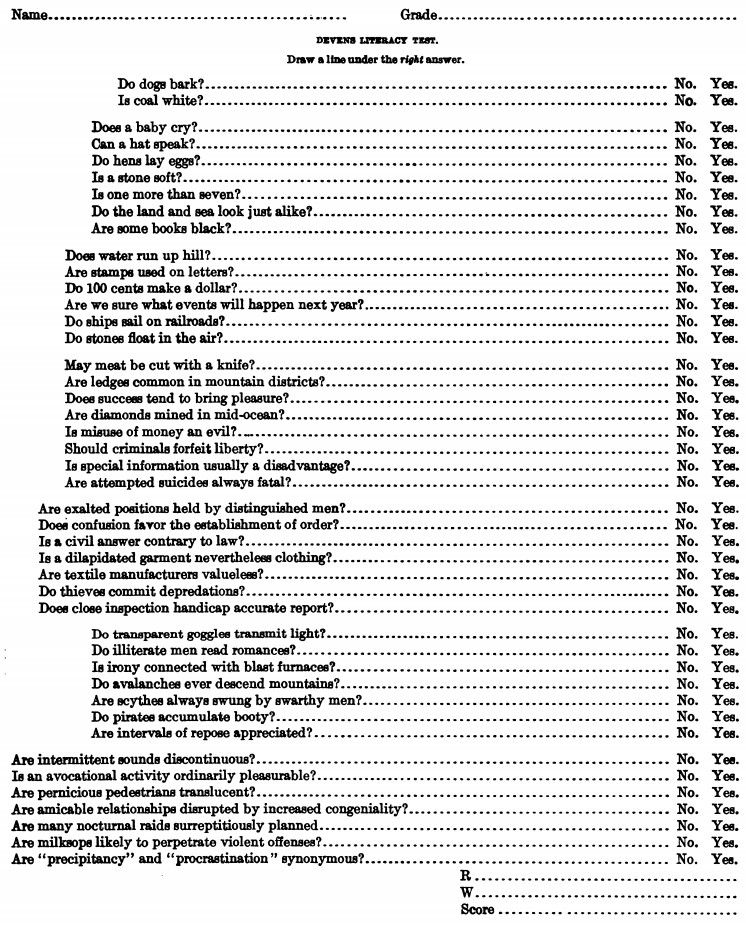
Norms:
Below 6: Illiterate
6 to 20: Primary
21 to 25: Grammar
26 to 30: Junior high school
31 to 35: Senior high school
36 to 42: College
Three additional versions of the test are given here.